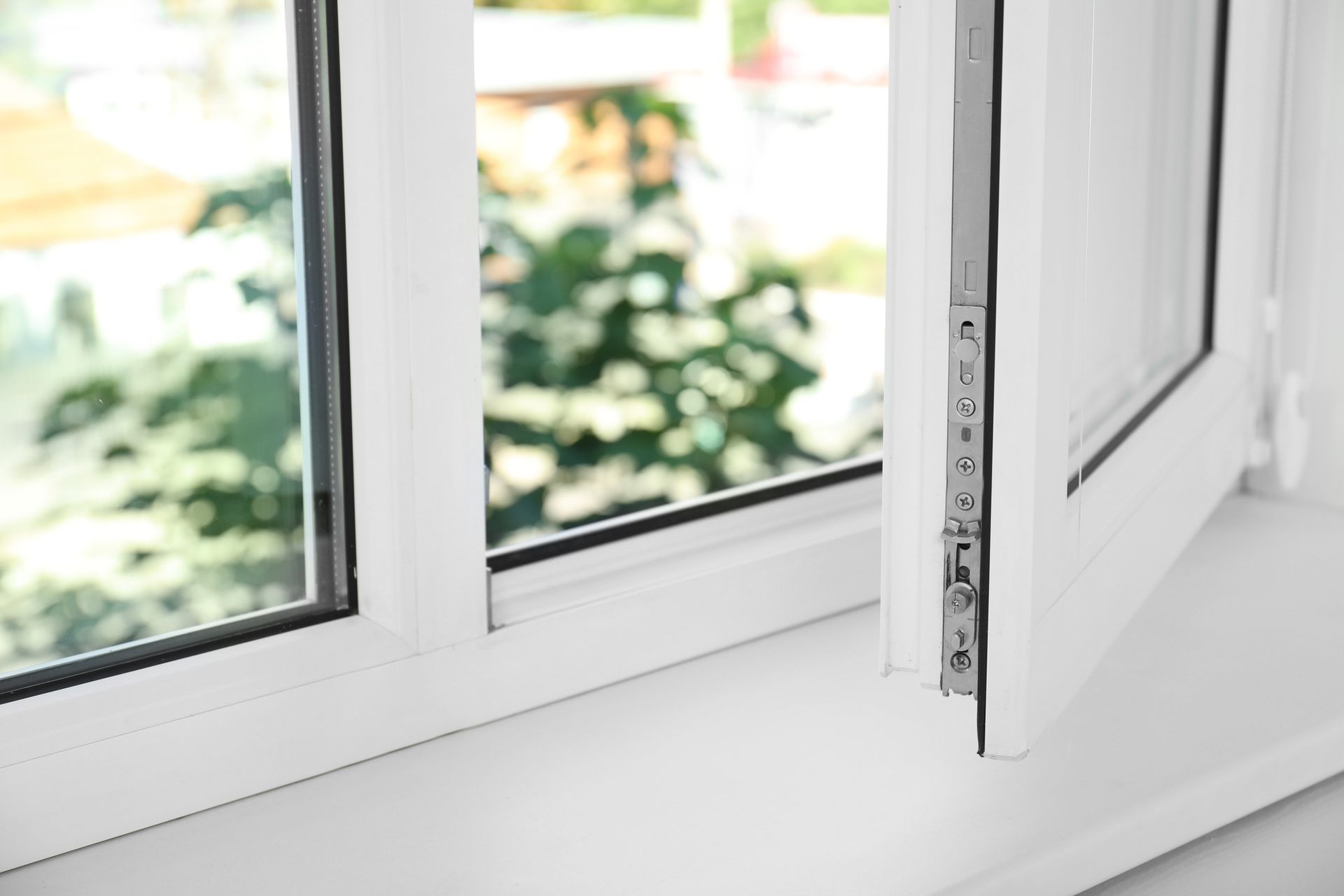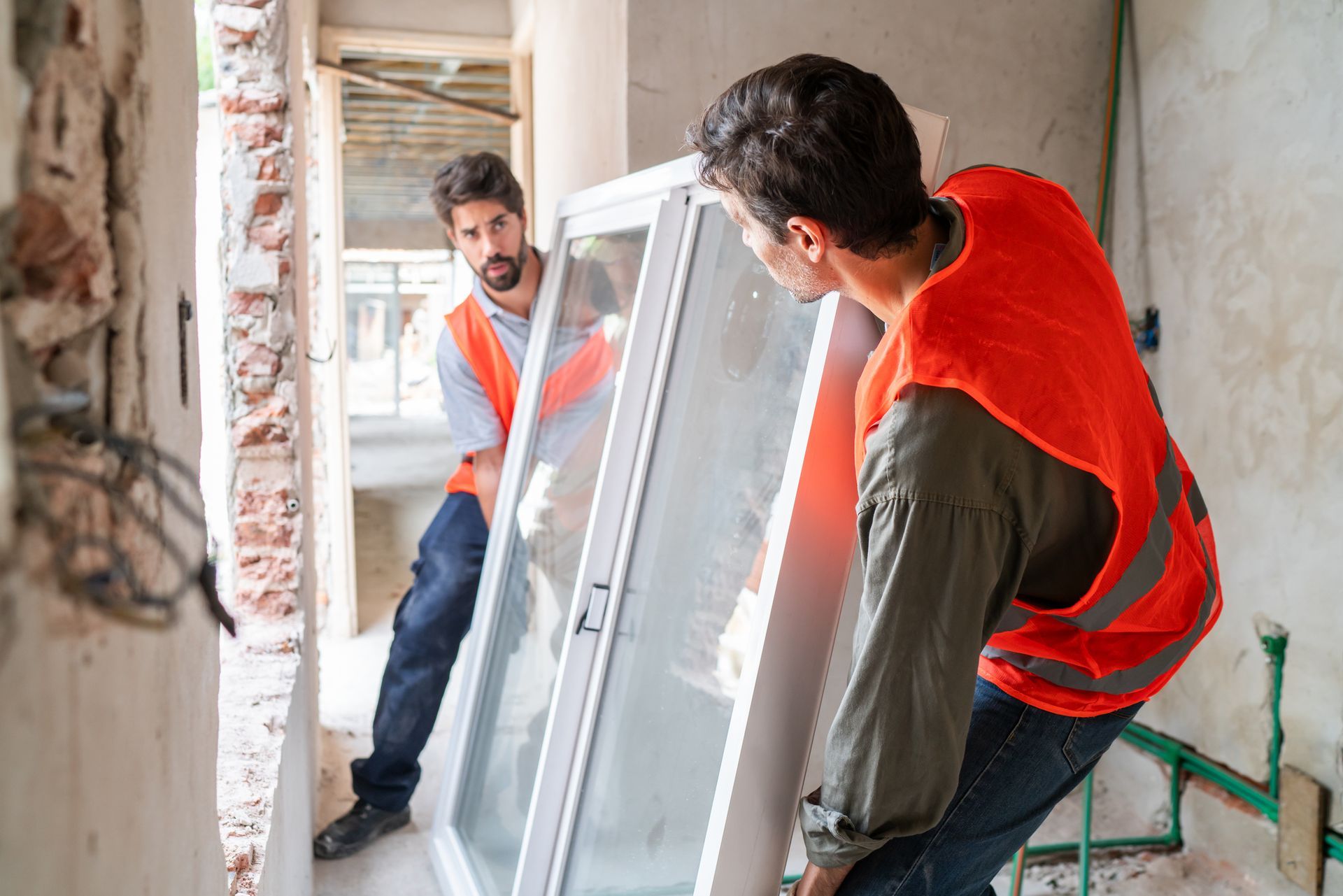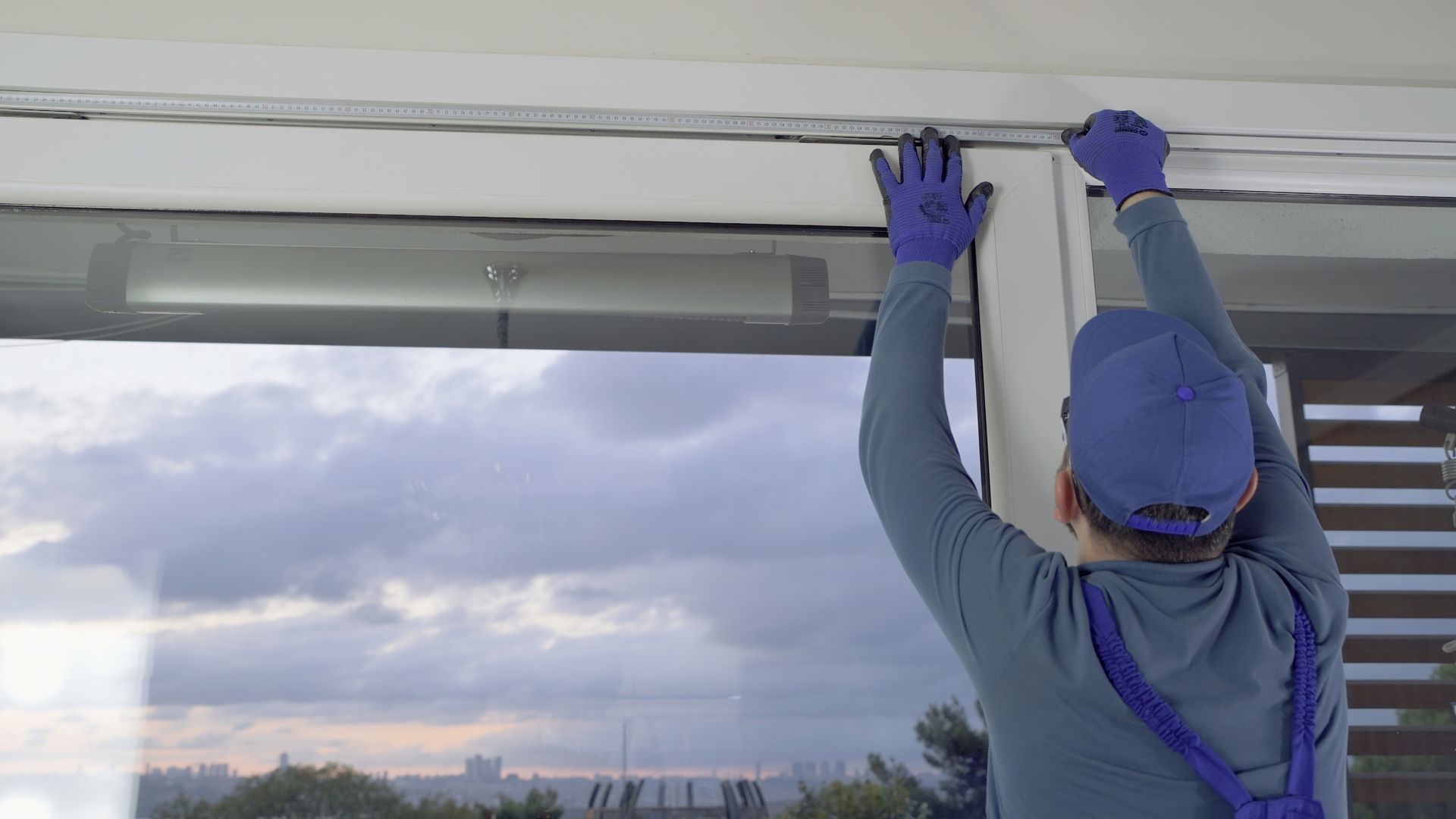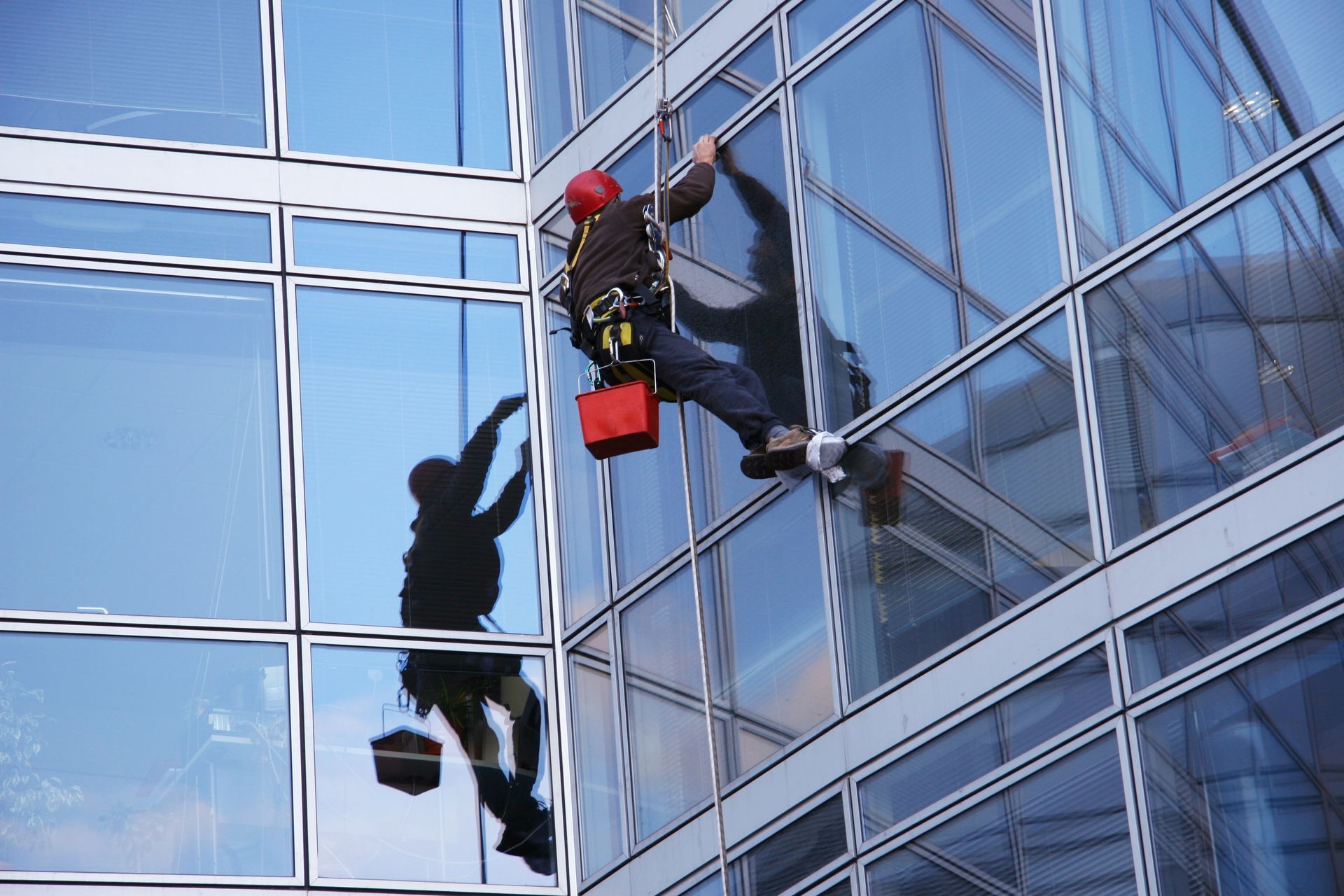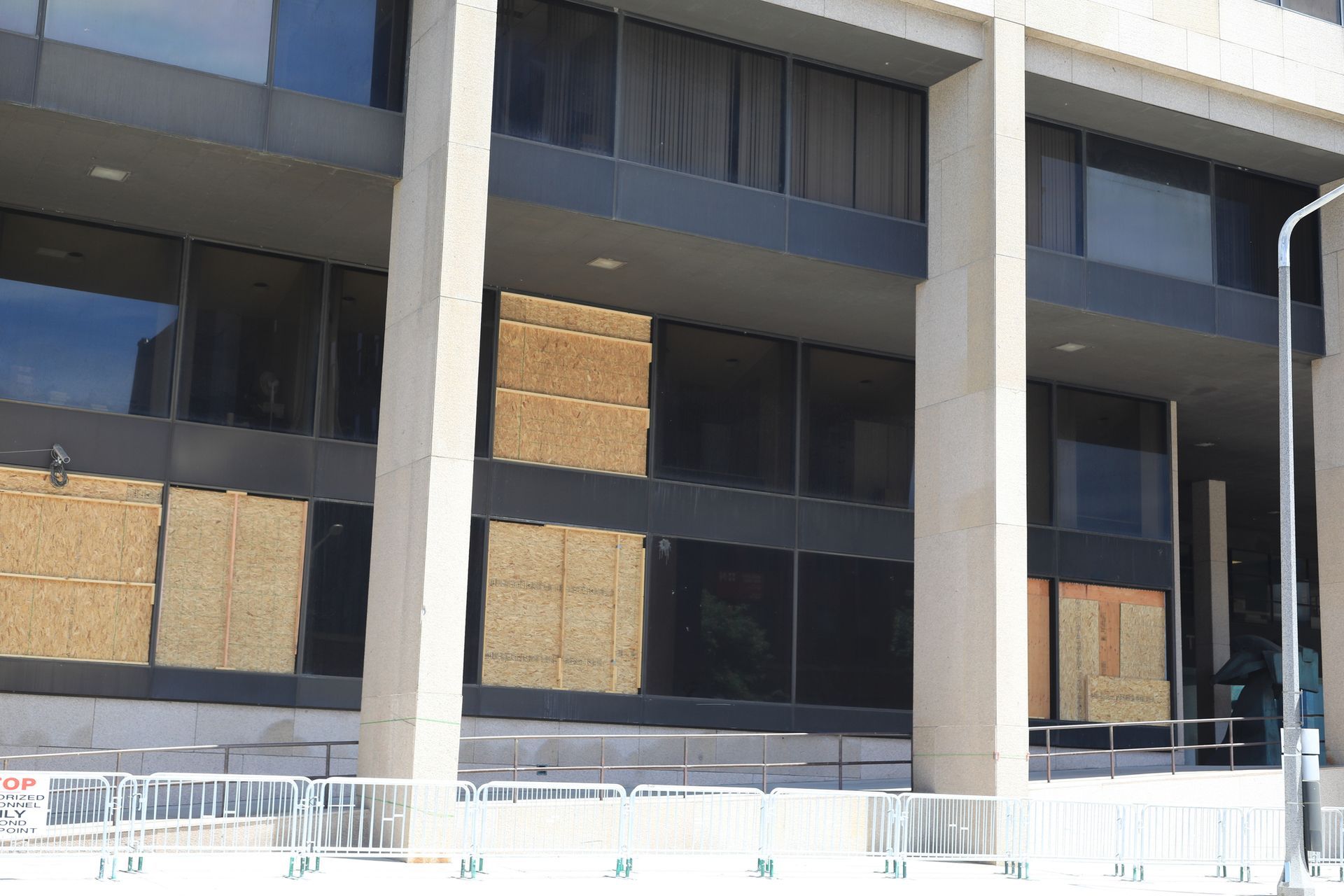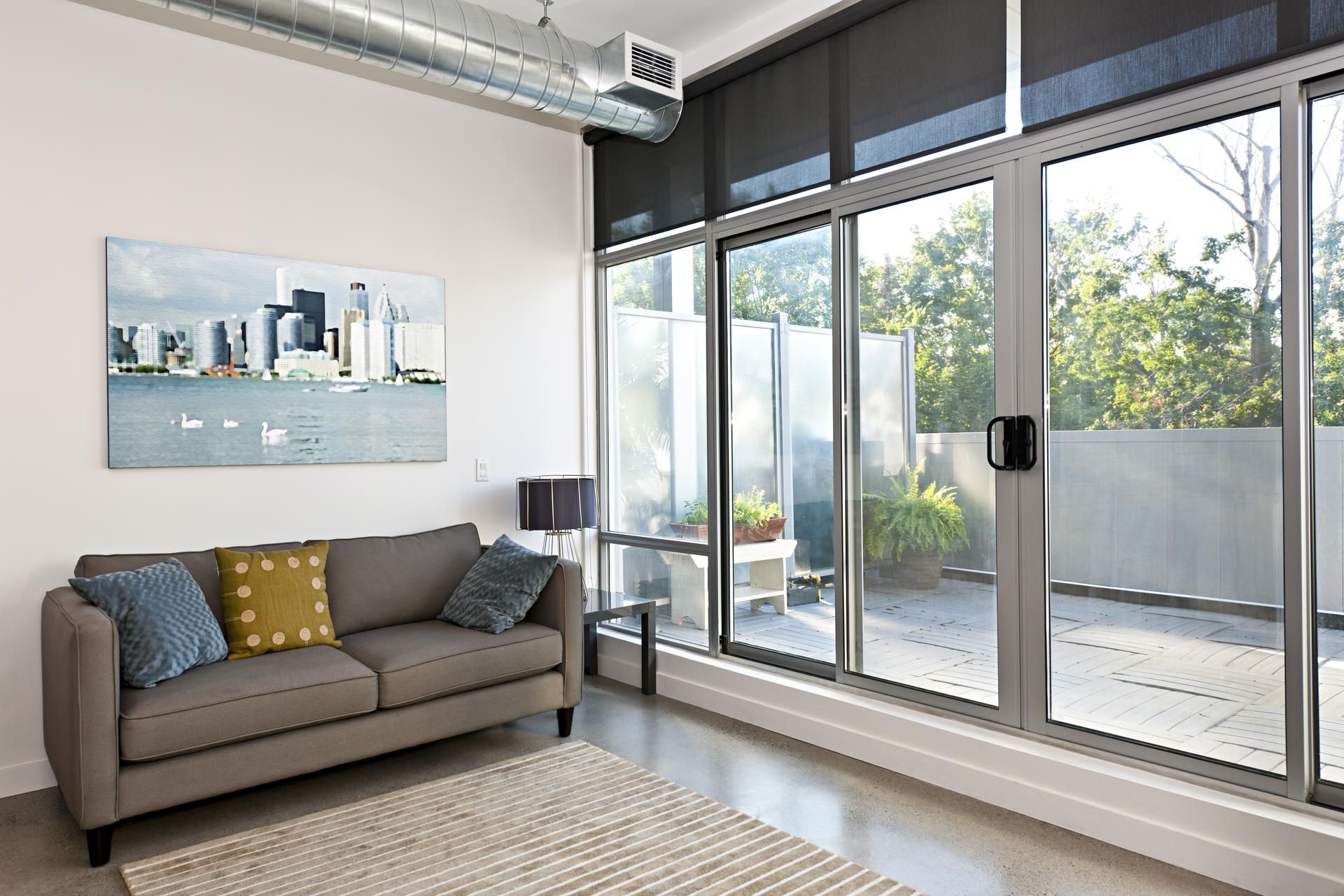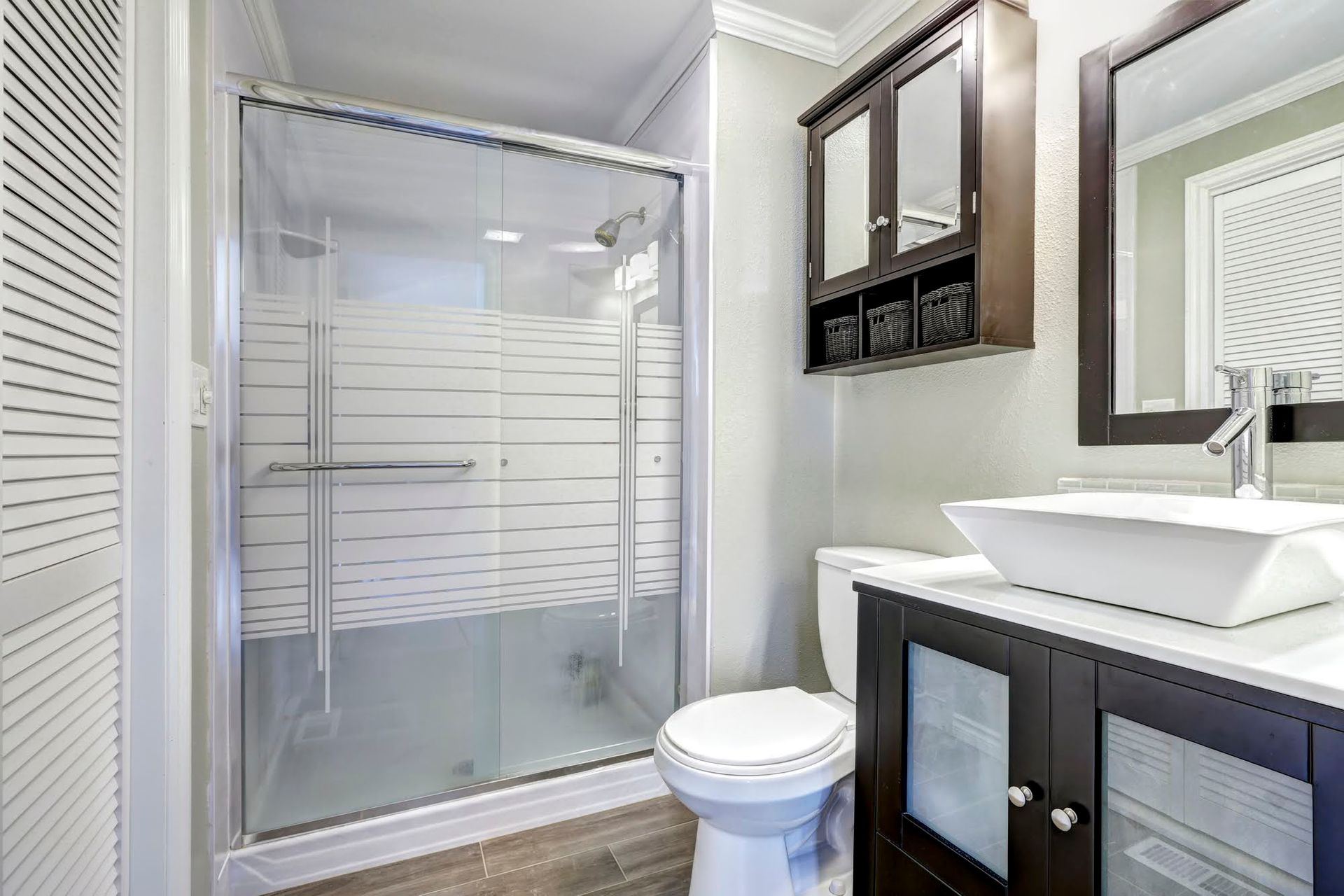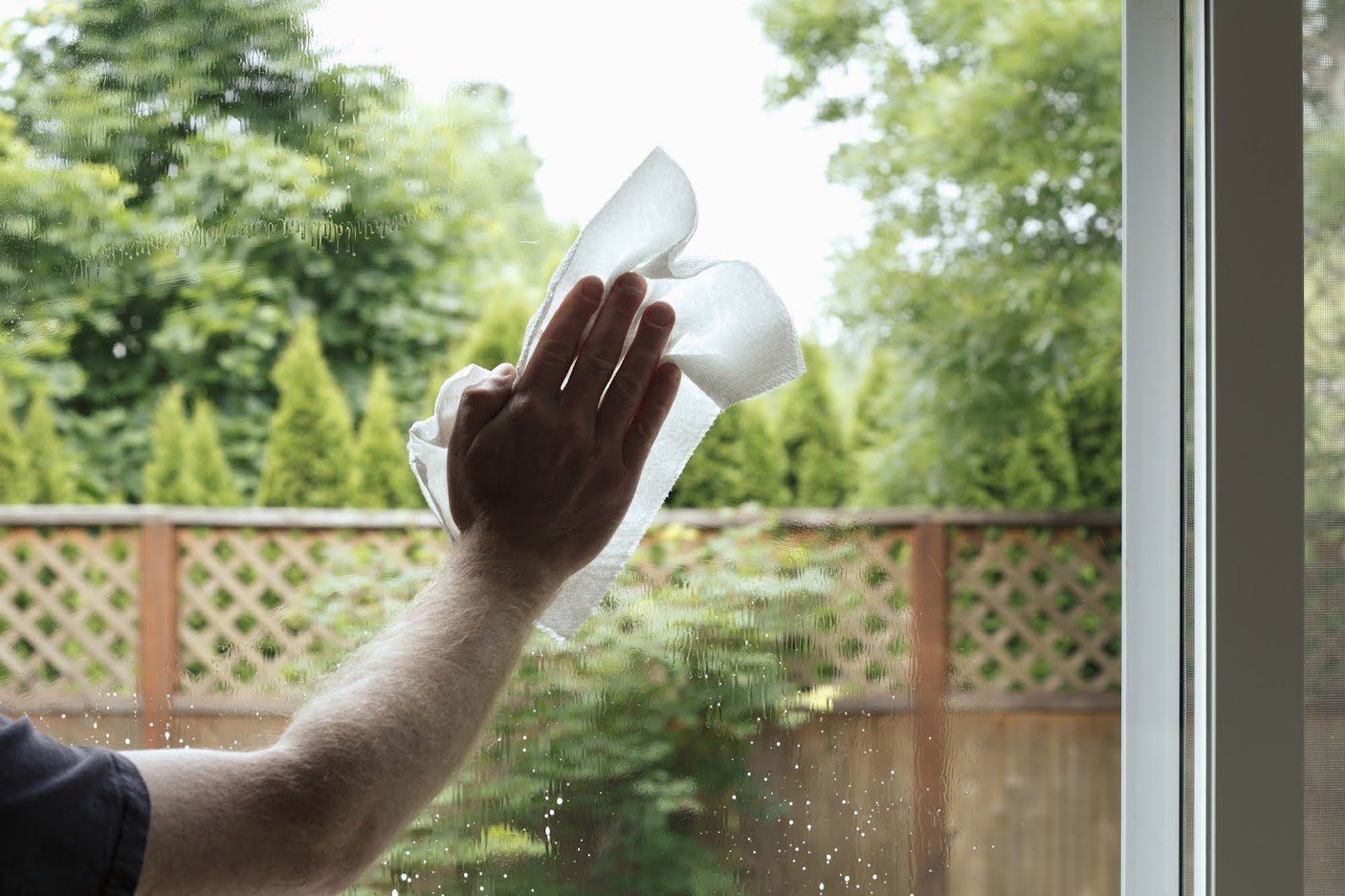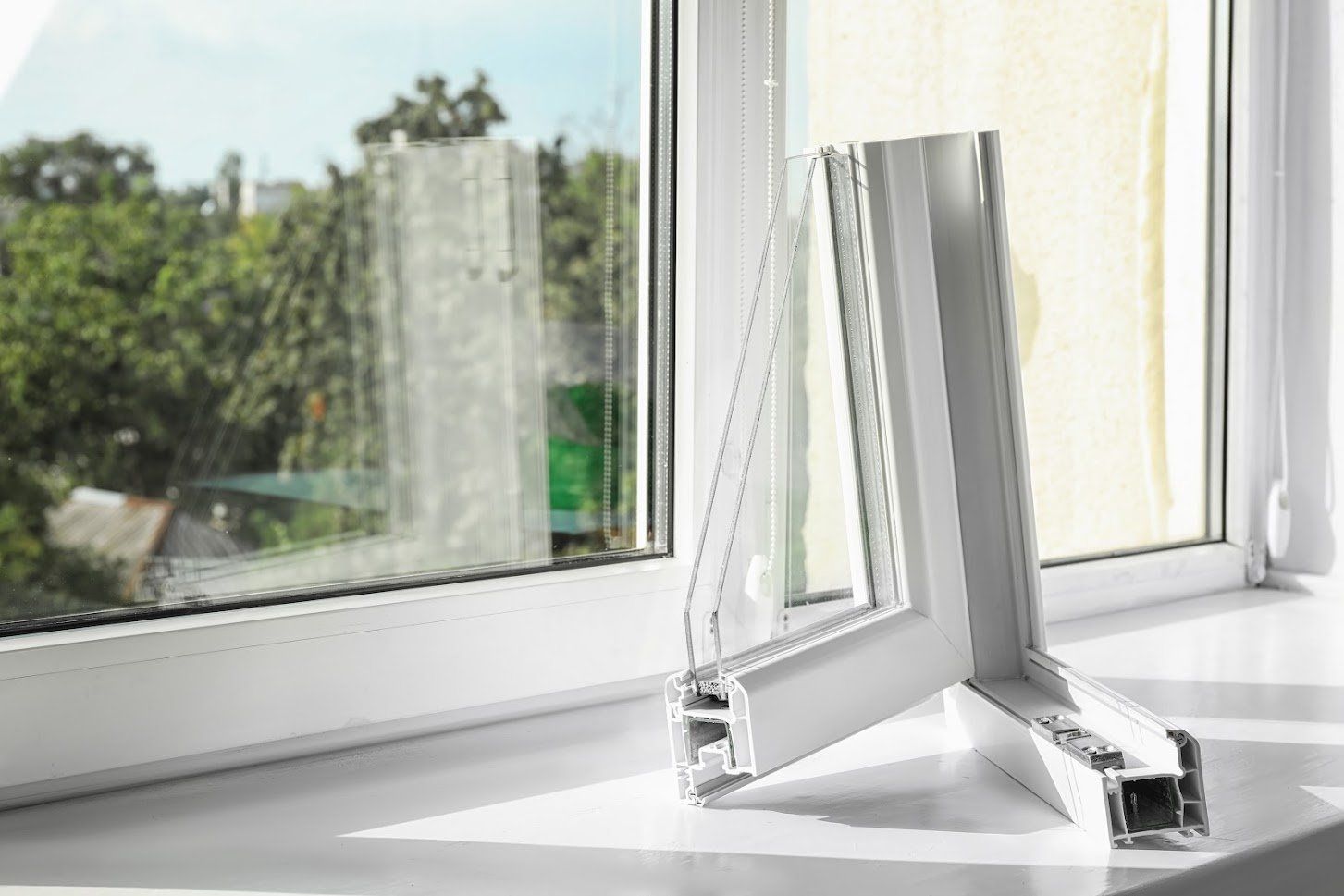3 Energy-Efficient Windows to Consider
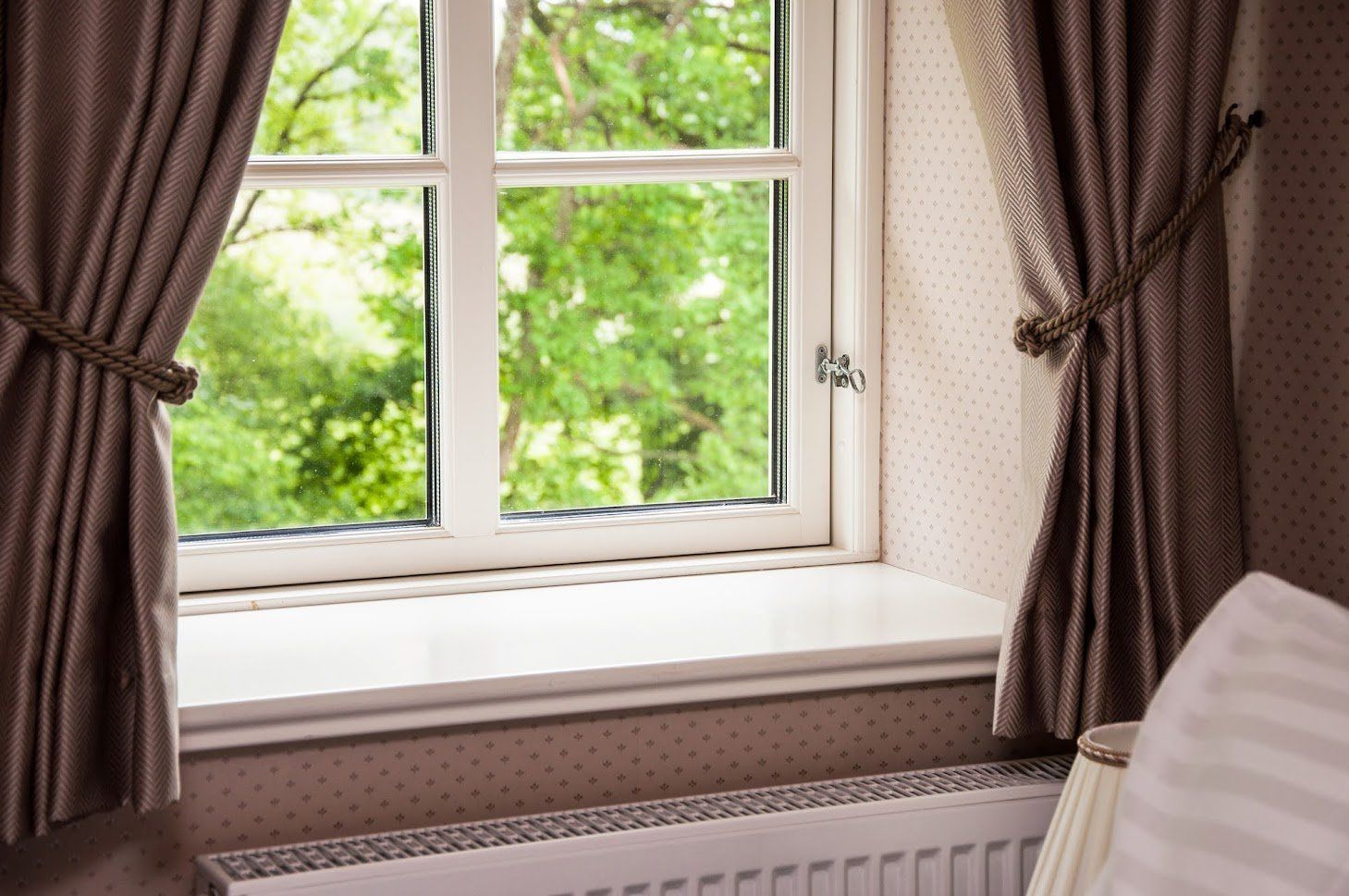
Energy efficiency makes a big difference in your efforts to lower your utility bills. For example, energy-efficient windows reduce energy consumption in hot and cold weather. Windows have different materials and coatings, each with a different efficiency level.
About 25%-30% of heat loss and gain stems from inefficient windows. So, opt for an energy-efficient window to conserve energy and reduce utility bills. Discover three windows that maintain comfortable home temperatures and reduce the strain on your HVAC system.
1. Emissivity (Low-E) Windows
Emissivity refers to the amount of thermal energy your windows absorb or reflect. Low-e windows reflect rather than absorb heat. As a result, you do not get unnecessary indoor heat. Manufacturers include low-E materials on some windows during production. You could also apply an aftermarket low-E coat on existing windows.
Low-E windows deploy the following mechanisms to maintain desirable indoor temperatures:
- They filter ultraviolet and infrared heat out and only let visible light in.
- They reduce your windows' U-factor, which makes the windows resist heat flow. As a result, your windows become better insulated to keep heat indoors when the weather is cold. Then, when a lot of heat occurs, low-E windows reflect the heat away from your premises.
- They lower your windows' visible transmittance (VT) so that you get less visible sunlight on your premises.
You can have low-E coats on your windows' inside, outside, or both sides. Interior coats reflect indoor heat, while exterior films reflect outdoor heat and cold away from your premises.
2. Tinted Windows
Tints lower the visible transmittance and solar heat gain coefficient. As a result, your windows' insulation properties increase. Also, the infrared rays that generate heat do not penetrate tinted windows. So, your interior space does not get too much heat that would cause your cooling system to do a lot of work.
Less energy-efficient windows let some interior heat out during winter. Yet, the heat stays and warms your indoor space if you have tinted windows. As a result, your heating uses less electricity and saves you the pain of hefty electric bills.
The effectiveness level depends on how many visible and infrared lights your tints absorb or reflect. Also, tints come in different shades and colors, such as green, gray, blue, and bronze. The darker the shade, the more heat resistance and energy it conserves. Finally, other factors like the type of tint and area covered also affect your tinted windows' energy efficiency.
3. Multiple Pane Windows
Heat can escape your premises through your window glass by conduction or radiation. But, multiple pane windows slow heat transfer into and out of your premises. As a result, you reduce indoor heat loss during winter and get better heat retention during summer.
Multiple pane windows can have double or triple panes with gas between the panes. The typical gases are krypton, argon, and air, which serve as an insulation medium to control heat transfer. Air is not as good an insulator as the gases, though. So, opt for a gas-filled window if you want an even more efficient option.
Windows with triple panes and insulation between panes offer a higher rate of energy efficiency. Nonetheless, double panes are easier to construct and more affordable. On the flip side, triple panes are more expensive. You will save a lot of energy but may take a long time to regain your initial investment.
With the options available, you must consider your needs before you settle on the perfect window. Ultimately, the ideal window for your premises depends on your location's climatic conditions. Bob's Glass is only a call away if you need further guidance on the perfect choice of window installation or replacement. Get in touch today.

